Amphibians
Frogs
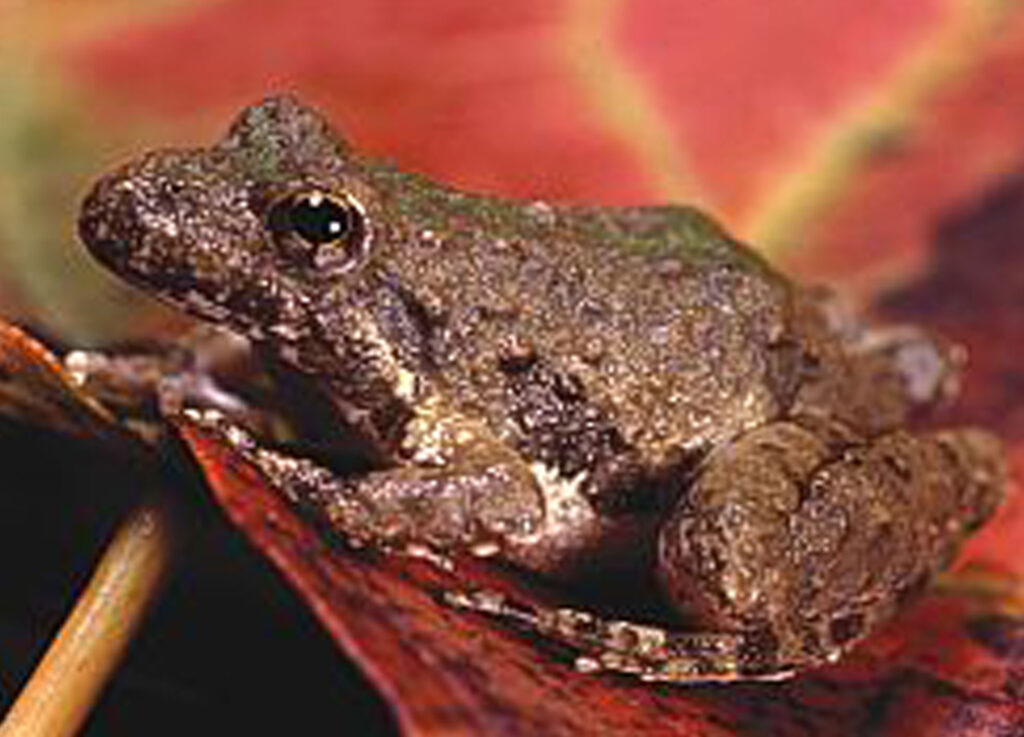
Blanchard’s Cricket Frog
The Blanchard’s cricket frog (Acris blanchardi) is widespread and common in much of its range in the central United States, but major declines have occurred in the northern part of its range. In Canada, it was found only on Point Pelee, but is now believed to be extirpated. Their call is a distinctive rasping noise that sounds like pebbles being rapidly clicked together. Photo: © Ohio Department of Natural Resources Division of Wildlife
Potential Ex Situ Role(s): Reintroduction
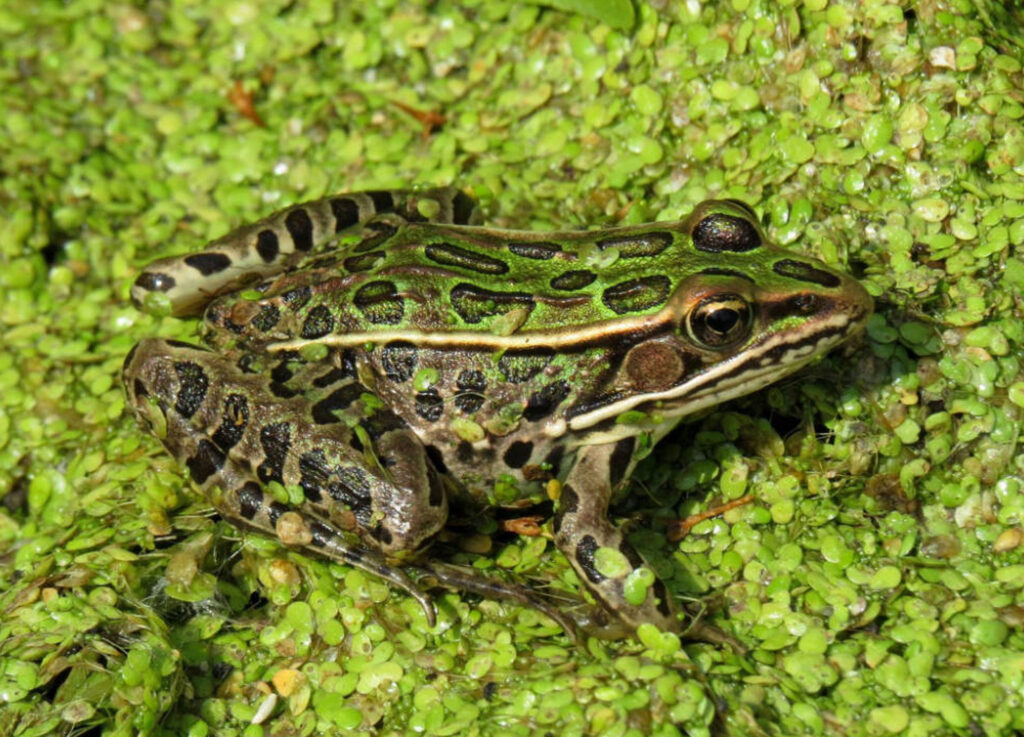
Northern Leopard Frog
The Northern leopard frog (Lithobates pipiens) can be found throughout much of the United States and Canada, where it plays a role as both a predator and a prey species. While still common in many areas in Canada, the species is critically imperilled in British Columbia, due to over-exploitation for research and education purposes, habitat loss and predation by introduced bull frogs (Lithobates catesbeianus).
Potential Ex Situ Role(s): Reinforcement (underway), Reintroduction

Oregon Spotted Frog
The Oregon spotted frog (Rana pretiosa) is named for the dark spots with light centres that are present over its head, back and legs. With only a few hundred individuals left, it may be the most endangered frog in Canada. Now found only in the Fraser River Basin in British Columbia, ex situ management activities are helping to ensure the species future is secure.
Potential Ex Situ Role(s): Reinforcement (underway), Demographic Manipulation (underway), Reintroduction (underway), Insurance Population
Salamanders
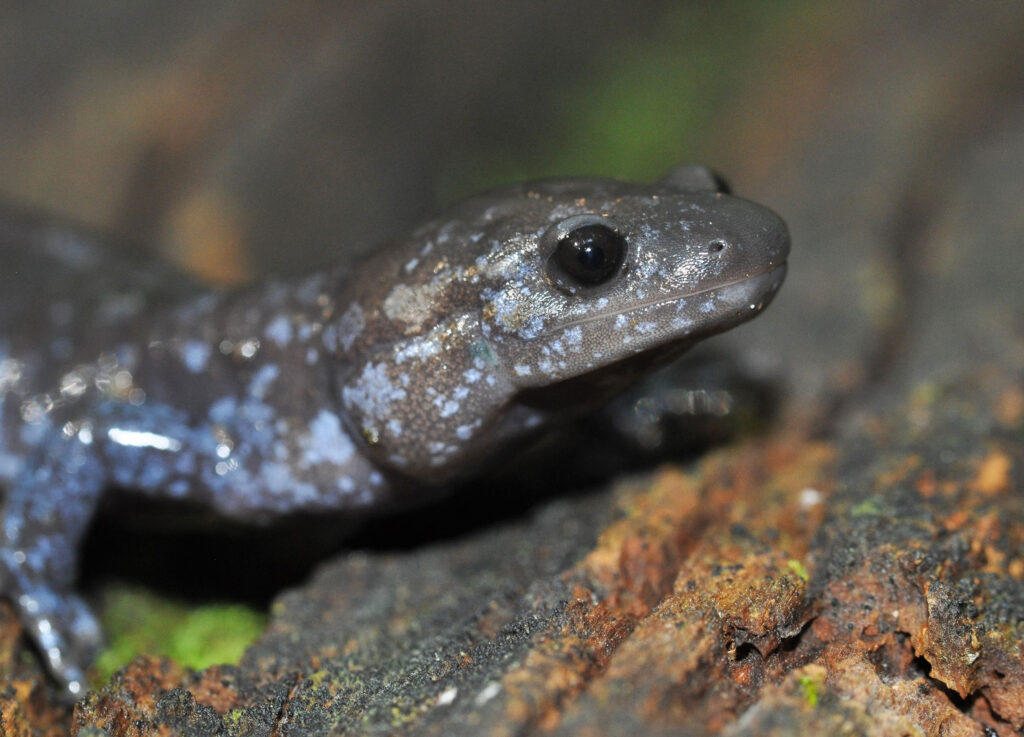
Jefferson Salamander
The Jefferson salamander (Amyystoma jeffersonianum) is a large salamander that is considered to be a good biological indicator of a healthy environment. Found near or within deciduous or mixed upland forests containing suitable breeding ponds, including limestone sinkhole ponds, kettle ponds, and other natural basins.
Potential Ex Situ Role(s): Reinforcement, Demographic Manipulation (underway), Reintroduction, Assisted Colonization

Small Mouthed Salamander
The small-mouthed salamander (Ambystoma texanum) is a species of mole salamander with a broad range in North America. In Canada, it is found only on Pelee Island in Ontario. It prefers moist soils near permanent bodies of water. Females can lay up to 700 eggs, which are attached in smaller clumps to rocks or vegetation underwater. When threatened, it will raise its tail and wave it back and forth.
Potential Ex Situ Role(s): Reinforcement, Demographic Manipulation, Reintroduction, Assisted Colonization

Northern Dusky Salamander
The Northern dusky salamander (Desmognathus fuscus) is found throughout the mountainous regions of eastern North America. In Canada, is found only in a few disjunct areas in southern Ontario and Quebec. The species habitat differs somewhat in the northern portion of its range, it is most commonly found where water is running or trickling.
Potential Ex Situ Role(s): Reintroduction, Assisted Colonisation

Tiger Salamander
Eastern tiger salamanders (Ambystoma tigrinum) are mole salamanders that can grow up to 15-20 cm (6-8 inches). Eastern tiger salamanders, named for the yellowish spots on their back, head and tail, have been extirpated in Canada. Like all Ambystoma salamanders, they are extremely faithful to their birthplaces and will travel large distances to breed in them.
Potential Ex Situ Role(s): Reintroduction (when feasible)
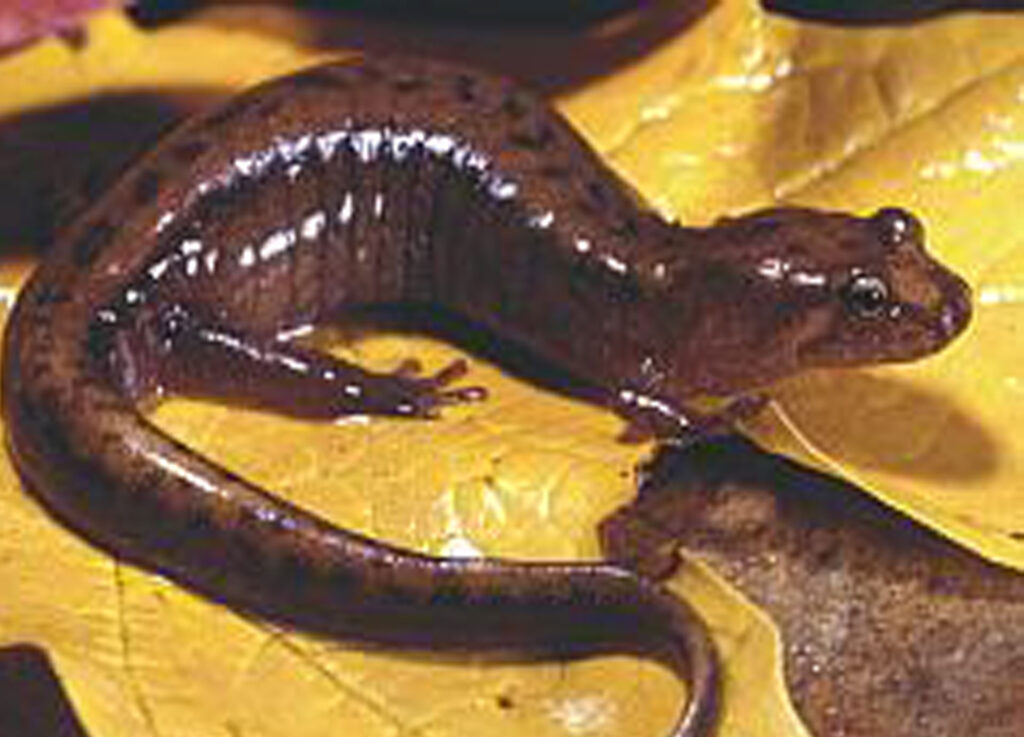
Allegheny Mountain Dusky Salamander
The Agllegheny mountain dusky salamander (Desmognathus ochrophaeus) is not well-known due to its secretive habits and nocturnal activity. They are mainly found on the western slope of the Appalachian mountain system in North America. In Canada, they can only be found in southern Quebec. Photo: © Ohio Department of Natural Resources
Potential Ex Situ Role(s): Reintroduction, Assisted Colonization
Toads
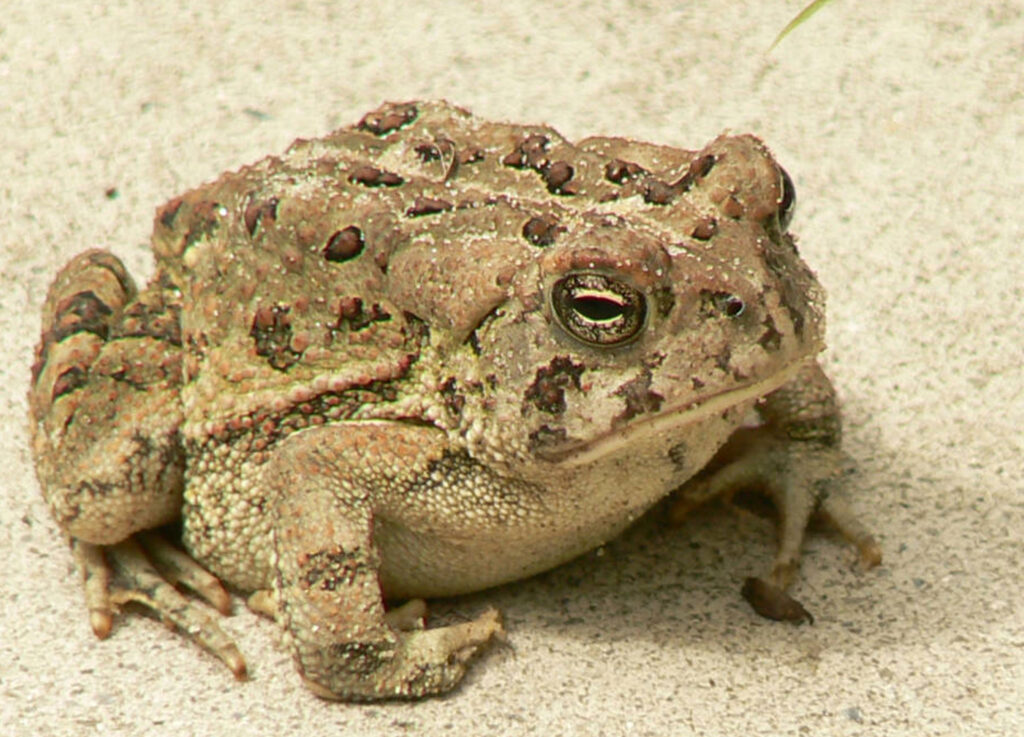
Fowler’s Toad
Despite the fact that the Fowler’s toad (Anaxyrus fowleri) has been the focus of studies for the three decades, it is facing a very real risk of disappearing from Canada. Only a few hundred breeding individuals remain in widely scattered populations in sandy habitats around Lake Erie in Ontario. They can be most easily distinguished from the more common American toad, by their call, which is likened to a sheep-like ‘baa’.
Potential Ex Situ Role(s): Reintroduction (demographic manipulation underway)
